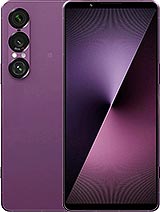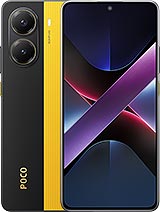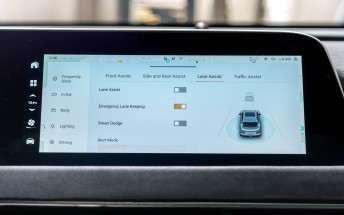DisplayMate tests Galaxy S4 screen, gives it the thumbs up
DisplayMate is known for detailed, highly technical reviews of displays – including smartphone displays. The latest review showcases the Samsung’s progress with Super AMOLED and the Samsung Galaxy S4.
The 5” 1080p display has a 441ppi pixel density, but since it’s a PenTile matrix the density for subpixels of different color is different. There are as many Green sub-pixels as there are Red and Blue subpixels combined. Even so, there are 312 Red and Blue subpixels per inch, almost matching the 326ppi Retina display density of the iPhone 5.
As for color accuracy, AMOLEDs are notorious for their oversaturated colors. Samsung offers several screen modes, of which Movie was found to be the most accurate, close to the sRGB/Rec.709 spec, but not as close as the iPhone 5 (the green is a bit too saturated). The Professional Photo Mode is fairly close to the Adobe RGB standard.
Then comes the brightness – it turns out that if you leave the phone in automatic brightness mode, the screen can go as much as 34% brighter compared to the maximum of manual mode. That’s 68% brighter than the maximum of the Galaxy S III (the Galaxy S4 in manual is 25% brighter than its predecessor).
Even better, Samsung has achieved this while improving power efficiency. DisplayMate says that if the S III and S4 screens were the same size and set at the same brightness, the Galaxy S4 will use 20% less power.
At an angle, the Galaxy S4 screen experiences less brightness decrease than the Galaxy S III and the iPhone, though the Apple smartphone has less color shift when viewed at an angle. The Galaxy S4 screen is a touch less reflective than the iPhone’s.
Compared to the iPhone 5, the Galaxy S4 has a bigger screen, higher resolution, deeper blacks and better screen uniformity, while the iPhone is brighter, a bit more power-efficient and shows more accurate colors.
The comparison with the Galaxy S III gives you a great reason to upgrade. Much higher brightness (up to 68%), 44% higher pixel density, better power-efficiency and color accuracy.
You can visit DisplayMate for expansive tables with all sorts of measurements and comparisons between the Samsung Galaxy S4, Galaxy S III and the Apple iPhone 5.
Reader comments
- Steliane
- 27 May 2013
- sX8
Every weekday at my job... :)
- ben pinder
- 25 May 2013
- 39x
Because it is really crap!
- Jolly
- 19 May 2013
- 31$
Until you use it outside and with the sun shining directly on it. OLED is known to be very weak in that aspect.




 Samsung
Samsung Xiaomi
Xiaomi Samsung
Samsung Sony
Sony Xiaomi
Xiaomi


